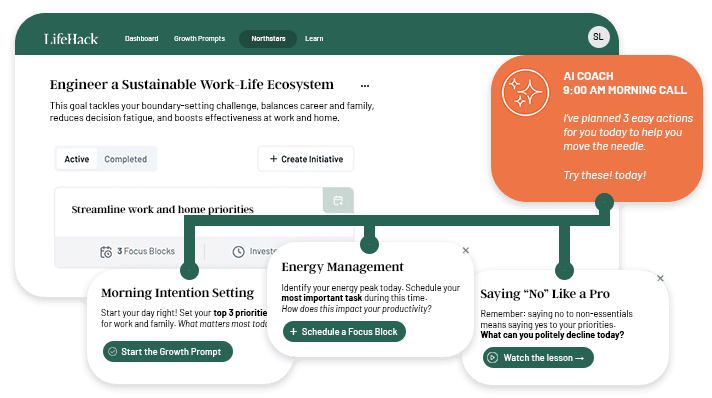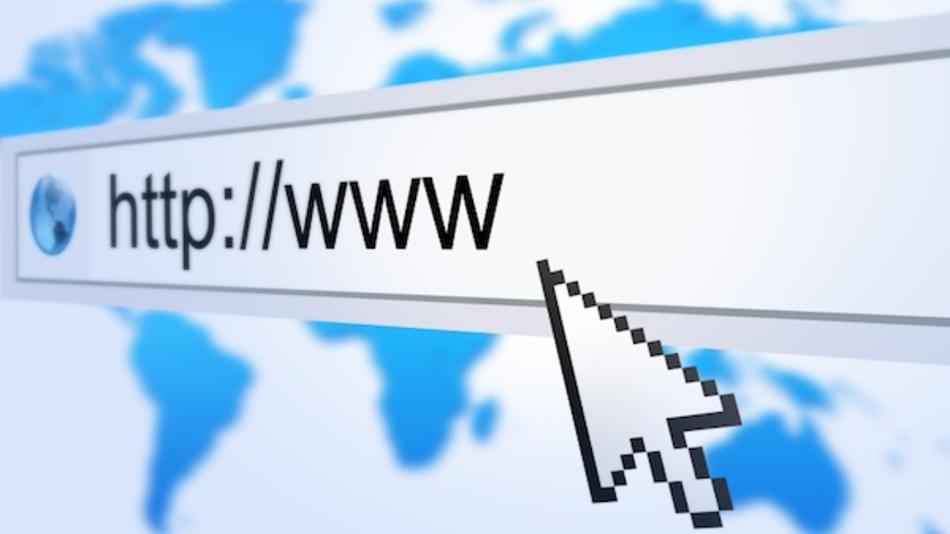It is becoming increasingly convenient to shop online. The simple fact that people are now using their mobile phones to shop online is proof enough. While commuting home from work, they use the Wi-Fi networks in the subway, for instance, so that they can order the things they need. They pay for them using their PayPal account (or some other online payment account), and when they get home, the things they need are waiting for them.
Retail is evolving and traditional shopping is expected to be a thing of the past in a not-that-distant future. Even clothes, the things you need to try on before purchasing, can be ordered online, since most companies that do this have a well-established system by which you can check whether or not what you are purchasing will fit your body.
Bearing this in mind, one has to agree that if you want to sell something, be it a product or a service, you have to have a website. Period! Without it, you will soon be lost in the sea of competition and you will find yourself facing bankruptcy issues. Here are the major points to consider to set up and run a successful e-commerce website in 2014.
Getting started: Design
The starting point of every website is its design. It can be extremely challenging to establish that. 2013 website design trends indicate a minimalistic approach. If you go for a flashy design that is filled with images, links, loads of pages, videos and so on, chances are that your visitors will get confused and they will simply close your site’s tab and move on to something else.Your homepage is what matters most. It should feature your logo, one great big high-definition image (or a slider with HD imaging) that represents what you do, your basic info written in a cool and easily readable font, some contact info in the footer and that’s it. The header of your site should have links that lead to your other pages. You see, if your homepage looks simple and concrete, when your viewers see it, they will want to learn more and they will stay on your site. You can check out some pretty cool designs here.
Your products page is another very important page and this one has to be well organized as well. You should have categories and the products should be listed in those categories. Each product has to have an image (sometimes several images), a description and a price. When it comes to pricing, you should make sure that you use a secure online payment method. To read more about this topic, follow this link.
When it comes to shipping, make sure that you provide your readers with valuable shipping information. They have to be informed about that. Also, use a stable and valid shipping company. Try to find someone who has been in the business for a long time and who knows his or her job well. A lot of packages get damaged while shipping and that is something you will want to avoid.
Make sure that you don’t forget to add a contact page so that your customers can ask for more information, and even more importantly, do not forget to answer their questions as soon as you can. The first rule of retail is that the customer is always right.
Moving on: Functionality
The next item on the agenda is functionality. Let us presume that you have a cool-looking website and that you are happy with it. That site will be worth nothing if it is not functional, fast loading and well programmed. It will also be unusable if it is not responsive. As mentioned above, more and more people are switching from their PCs and laptops to mobile phones and tablets for online activity. Your website has to be accessible via these devices as well. Also, with the launch of the new iPhone’s retina display, you have to ensure that your site is, as they say, retina-ready. So, your web designers and developers have to be well informed, they have to follow the newest trends and they have to be ready for everything.
A website’s functionality is a pretty grand topic and there is a lot of talk about it on the net. To get you started, here are some useful articles that might help ease the process.
Your Domain
Registering a domain can be quite a pickle, as they say. You see, the net is full of websites – millions upon millions of them. The chance that someone registered the exact domain name you were looking for is high. This can be quite a problem since, frankly speaking, your domain name is very important. It should be relevant, original and related to your business. If you already have a name in mind, you should check and see whether or not it is already taken. Some experts suggest that if it is, you should consider going as far as changing the name of your firm, so that it corresponds with an available domain name.
You should check out this link, where you will find the top sites for registering a domain in 2013. Dwell on this for some time and make the right decision.
Hosting
When all the things above are done right, it is time to find appropriate hosting. For start, here’s a low-cost hosting guide for those who are looking for a cheap and reliable hosting service for their e-commerce website.
Generally speaking, there are two types of hosting – shared and dedicated hosting. Here is the difference between the two:
Unlock Your Time Potential: From Chaos to Control
Discover how to reclaim your time and transform chaos into productivity with our comprehensive Time/Life Assessment.
If you're ready to take control of your time and boost your efficiency, don't miss this opportunity to get a personalized analysis and action plan.

- Shared hosting features one great big server computer that functions as a host for several websites.
- Dedicated hosting features one great big server computer that functions as a host for just one website.
Logically, the second option is the thing to go for. It will be more expensive, of course, but if you go for shared hosting, chances are that a lot of things will go wrong. These machines tend to get overloaded and this can have a very bad result. You can even end up losing a lot of clients. As the owner of an e-commerce website, you will probably have a lot of resources there (images, videos, loads of text, etc.), which will make it difficult for a shared hosting server to function. So, if you have just one server that is dedicated for your site and your site only, you can be sure that things will run smoothly and you won’t have to worry at all.
Promotion
Now, that you have your site up and running, it is time to let people know that your site is out there. After all, what good is website if no one visits it? This is where search engine optimization (SEO), search engine marketing (SEM) and social media marketing (SMM) come into play. The goal of these practices is to make your site recognized by Google and other search engines, so that people can find it and visit it.
You have to be aware that this is a process that takes time. For instance, amongst other things, you will have to write various articles related to your business and you have to post them on various relevant blogs, which will bring traffic to your site. Furthermore, you will have to register your company on various social media platforms (Facebook, Google+, Twitter, etc.) and you will have to provide your readers or followers with relevant, up-to-date content at all times. So, apart from taking a long time initially, this process never stops – the more you grow, the more things you will need to do.
Also, you should not only promote your site online, but offline as well. Make sure that you have a link to your site printed on any and all promotional material you have at your disposal.
This is yet another very popular topic on the net – meaning that a lot of people posted a lot of relevant articles recently.
Let’s wrap it up
As you can see, running an e-commerce website is no walk in the park, but if you do everything as outlined above, your efforts will be worth it. The retail industry is changing and people are realizing that they have the world in their pocket: they just take their phone out and presto – everything is there. Who knows what e-commerce will represent in 20 years or so, given the fact that it was a “fairytale” 20 or 30 years ago? It is up to you to follow the trends! Good luck!
Ready for a Goal Breakthrough? Unlock Your Personalized Strategy

Experience the power of a strategy tailored just for you.
Our personalized system provides:
- Custom-crafted action steps based on your unique situation
- Insights tailored to your specific challenges and strengths
- A personalized roadmap to turn your goals into reality
Tailored recommendations powered by smart analysis



















































